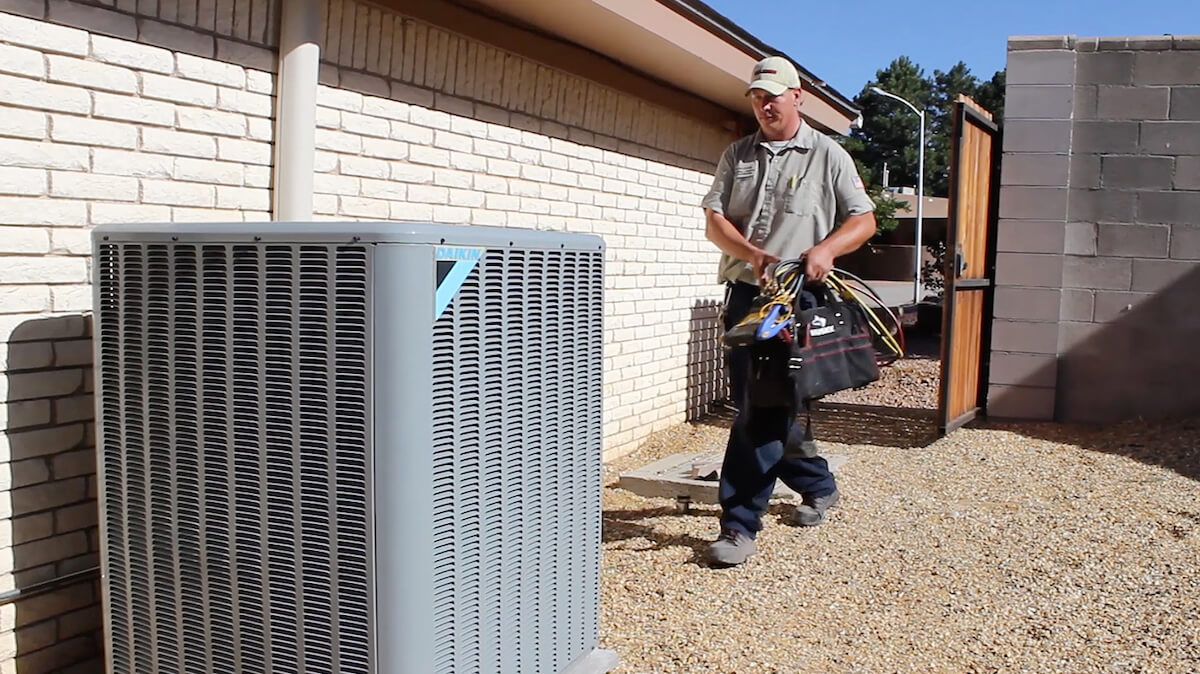As the summer approaches, many Americans are bracing for an increase in their utility bills, which could bring more than just financial strain. The National Energy Assistance Directors Association and the Center for Energy Poverty and Climate have projected that the cost of keeping cool will rise by nearly 8% this summer, bringing the average expenditure to $719 from June through September. This is a significant hike from the average $527 spent in the summer of 2019, adding to the burden of inflation-weary consumers.
The rise in utility costs is expected to be even more pronounced in certain regions. Residents of the mid-Atlantic and Pacific regions may see their bills increase by more than 12%, while those in parts of the Midwest could face increases of around 10%. Mark Wolfe, the executive director of the National Energy Assistance Directors Association, attributes this to a combination of slightly falling electricity prices and increased usage driven by higher temperatures predicted by the National Weather Service.
“You’ll need more electricity to get through the summer,” Wolfe explained, highlighting the challenges posed by expected above-normal temperatures across much of the country.
This forecast from the association is more dire than the one from the US Energy Information Administration, which recently predicted an average residential electric bill of $519 for June, July, and August, up 2.9% from last year. The discrepancy is due to the association factoring in higher usage rates due to hotter weather and including September in their forecast.
Severe Consequences of Rising Bills
For many Americans, the impact of soaring utility bills extends beyond financial discomfort. The Department of Health and Human Services reports an increase in heat-related deaths, rising to just over 2,300 last year from about 1,600 in 2021. The hottest summer ever recorded in the US last year saw record levels of heat-related health emergencies in various parts of the country.
Despite these alarming trends, the US lacks a comprehensive policy to help people stay cool as climate change intensifies heat waves, making them more frequent and severe. Currently, around 80% of federal funding for utility assistance is dedicated to heating. While some states and localities provide air conditioners to low-income households, many are hesitant to use them due to high costs, according to Diana Hernandez, an associate professor at Columbia University.
In a recent focus group in Chicago, Hernandez encountered a mother who resorted to riding public buses with her children during hot summer days to avoid the expense of running her air conditioner. “There’s a need to rethink and modernize energy assistance programs to reflect current climate realities,” Hernandez emphasized. “This is real, but our policies don’t reflect the reality.”
Reduced Assistance Amid Growing Need
Compounding the issue, federal assistance for utility bills has been reduced by one-third for the current fiscal year. The Low Income Home Energy Assistance Program (LIHEAP) now has $4.1 billion available, down from $6.1 billion in the previous year. States distributing these funds have indicated that the reduction will force them to cut the number of households served by about 1 million, and those receiving aid might see smaller portions of their arrears covered or not have their cooling bills addressed at all.
The pandemic had prompted Congress to provide billions in additional support for LIHEAP in recent years, yet this still fell short of the growing need. The association reports that both the number of households behind on their utility bills and the total amount owed have reached record highs since the pandemic began.
As of December, 21.2 million US households—more than one in six—owed money on their electricity bills, up from 20.1 million a year earlier. Combined electricity and natural gas arrearages hit $20.3 billion, compared to $17.8 billion the previous year. Furthermore, nearly one in five households reported maintaining unsafe or unhealthy indoor temperatures at least one month in the past year, according to an April survey by the US Census Bureau.
Inadequate Protections
Only 17 states and the District of Columbia have protections against power shutoffs during summer heat waves. Most states have moratoriums for the winter, but summer protections are often outdated and insufficient. In some cases, protections only activate during extreme temperatures or specific heat advisories, despite the risk of overheating at lower temperatures.
“Because of the lack of a coherent policy to address summer cooling, people will die this summer from heatstroke,” Wolfe warned. “We will have unnecessary deaths.”
The convergence of rising temperatures, higher utility bills, and inadequate assistance creates a precarious situation for millions of Americans this summer. Urgent policy changes and increased support are essential to mitigate the risks and protect vulnerable populations from the deadly effects of heat.





